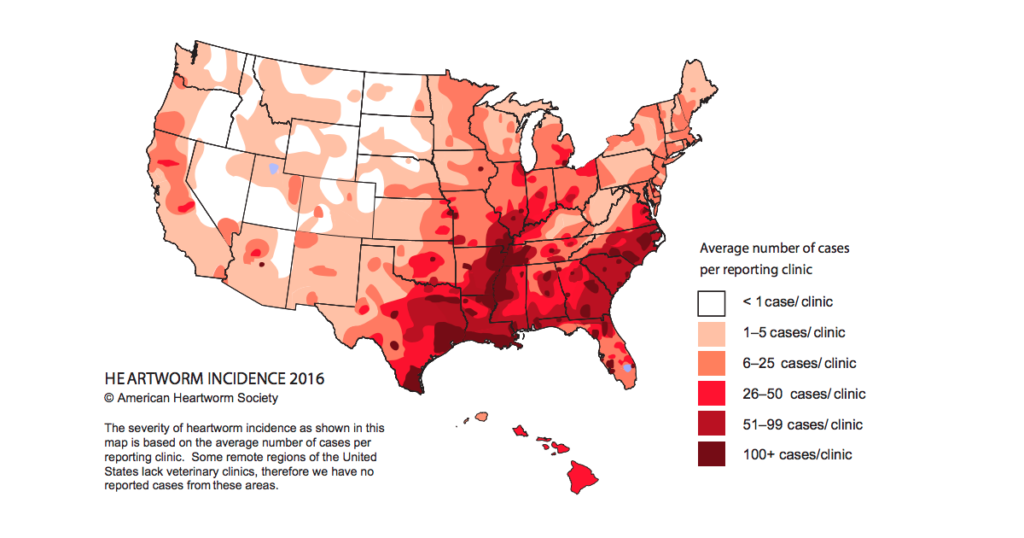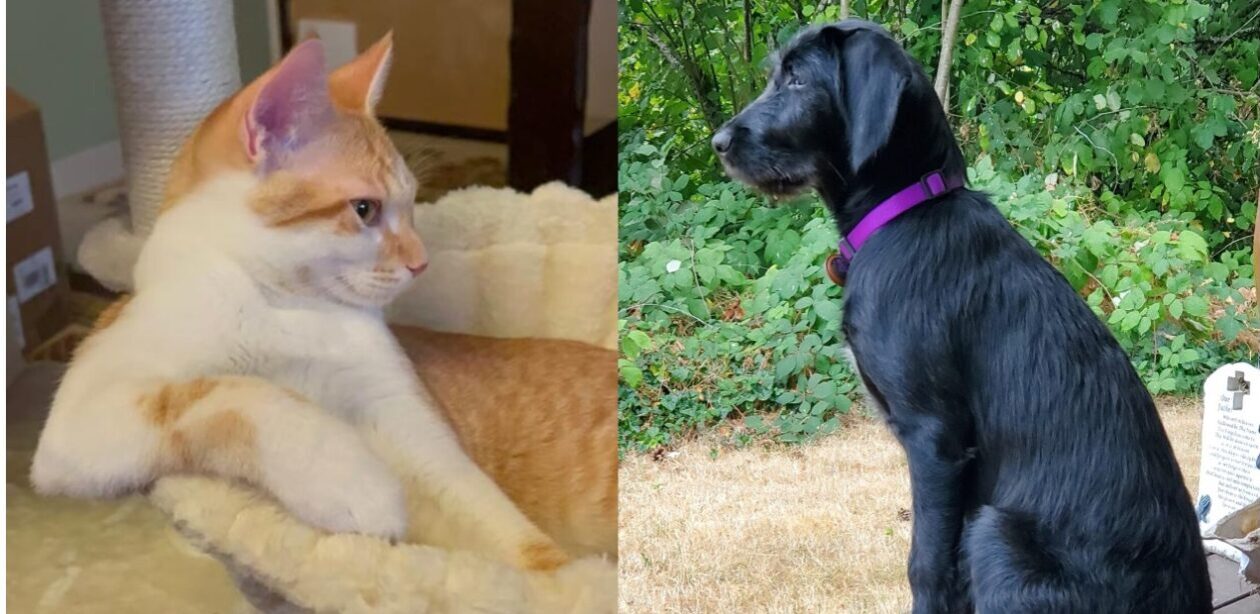Did you know Heartworm disease is on the rise in the Northwest ?Portland is in the top 10 cities with the highest percentage increase in heartworm disease. If your dog gets heartworm disease, it can lead to heart failure, organ failure and eventually death. Heartworm disease is preventable. That is why our clinic is participating in a field study for preventative care.
We are seeking dogs for a Heartworm field study. Call us for details. 503.665.1194–sorry enrollment is closed for this study

What is Heartworm Disease?
“Heartworm disease is a serious and potentially fatal disease in pets in the United States and many other parts of the world. It is caused by foot-long worms (heartworms) that live in the heart, lungs and associated blood vessels of affected pets, causing severe lung disease, heart failure and damage to other organs in the body. Heartworm disease affects dogs, cats and ferrets, but heartworms also live in other mammal species, including wolves, coyotes, foxes, sea lions and—in rare instances—humans. Because wild species such as foxes and coyotes live in proximity to many urban areas, they are considered important carriers of the disease.
Dogs. The dog is a natural host for heartworms, which means that heartworms that live inside the dog mature into adults, mate and produce offspring. If untreated, their numbers can increase, and dogs have been known to harbor several hundred worms in their bodies. Heartworm disease causes lasting damage to the heart, lungs and arteries, and can affect the dog’s health and quality of life long after the parasites are gone. For this reason, heartworm prevention for dogs is by far the best option, and treatment—when needed—should be administered as early in the course of the disease as possible“.
Cats can be heartworm infected. The condition is very rare and
and most worms in cats do not survive to the adult stage ..
source https://www.heartwormsociety.org/pet-owner-resources/heartworm-basics

